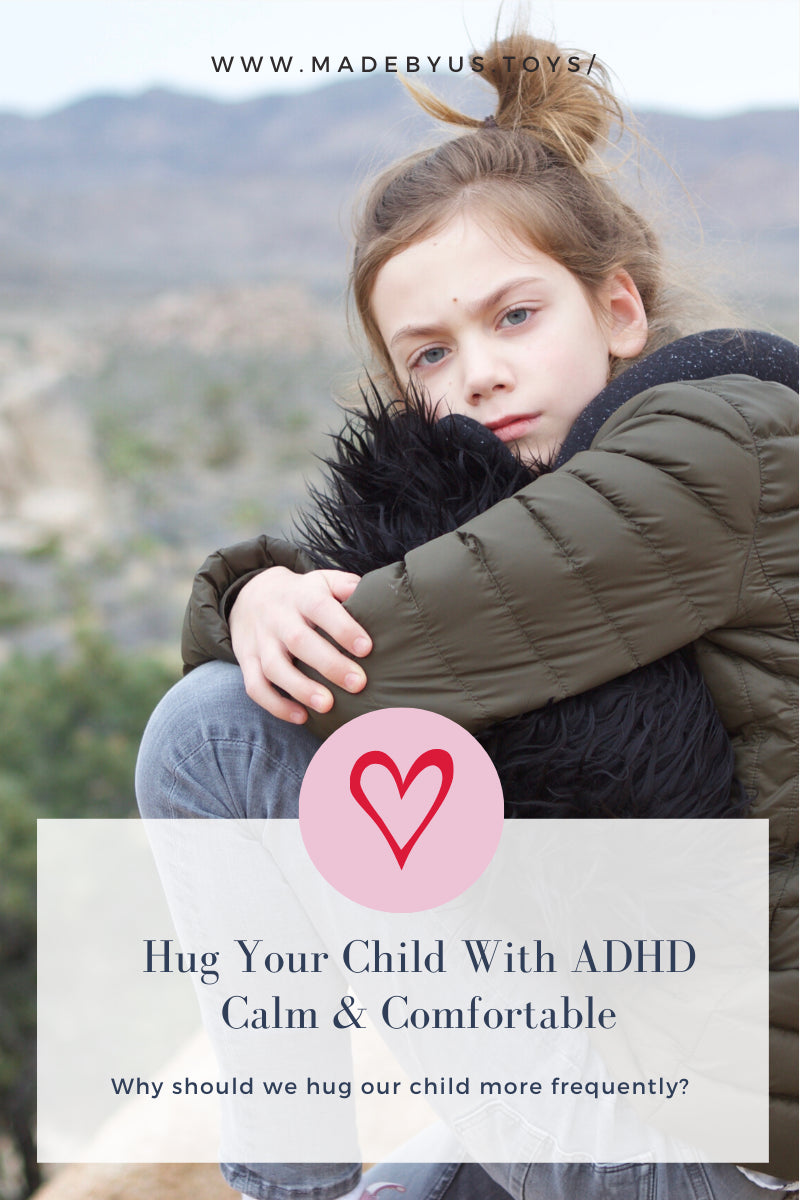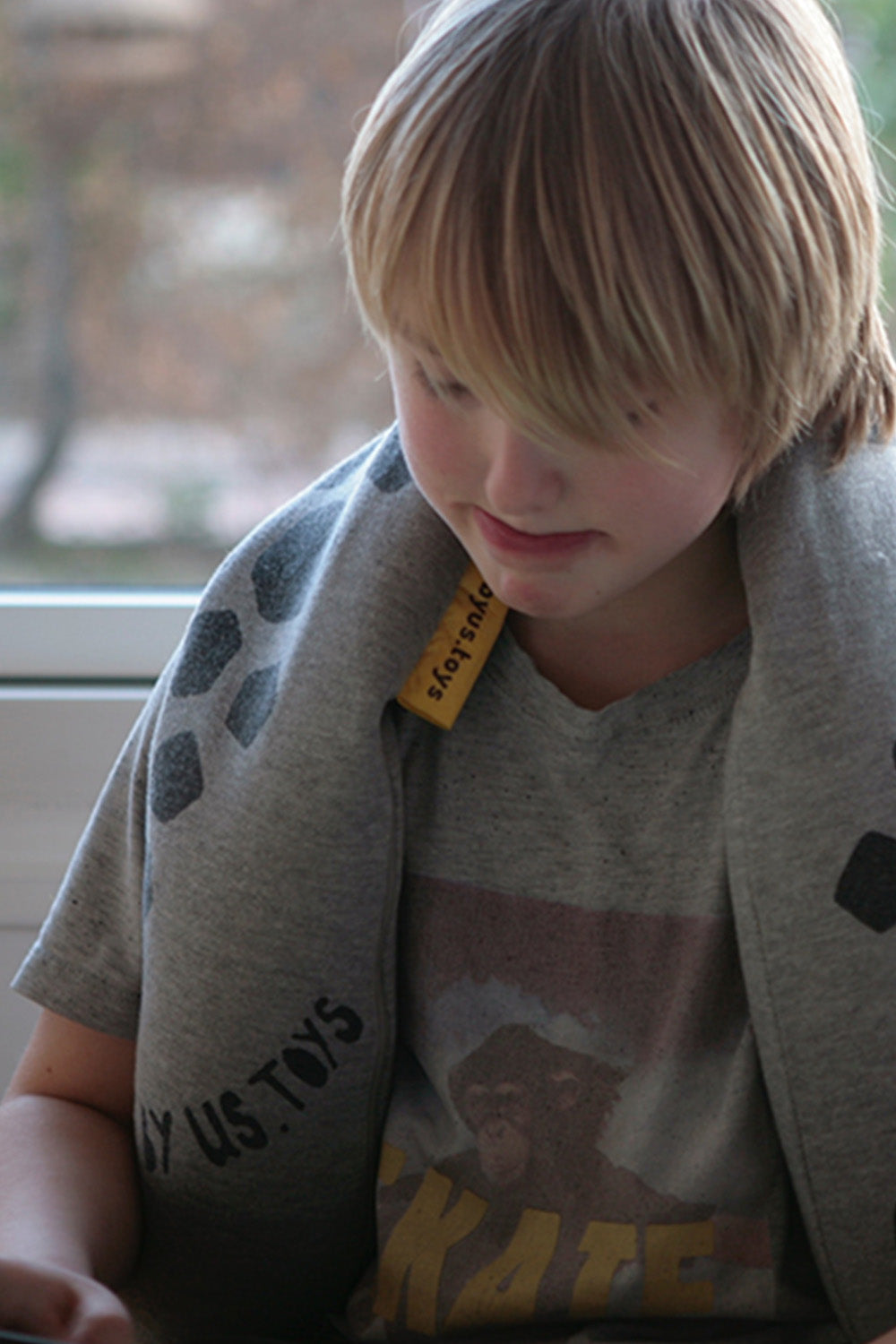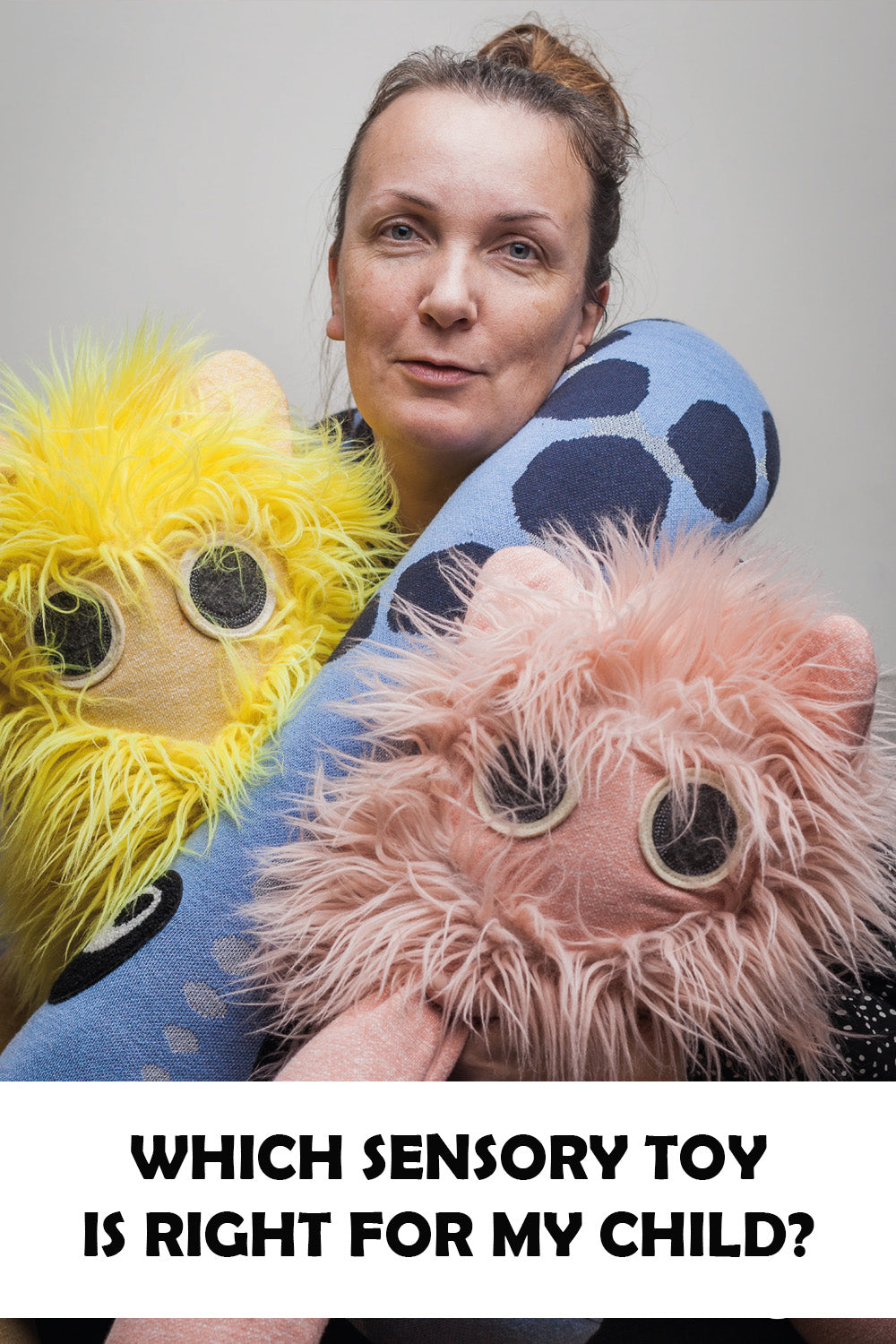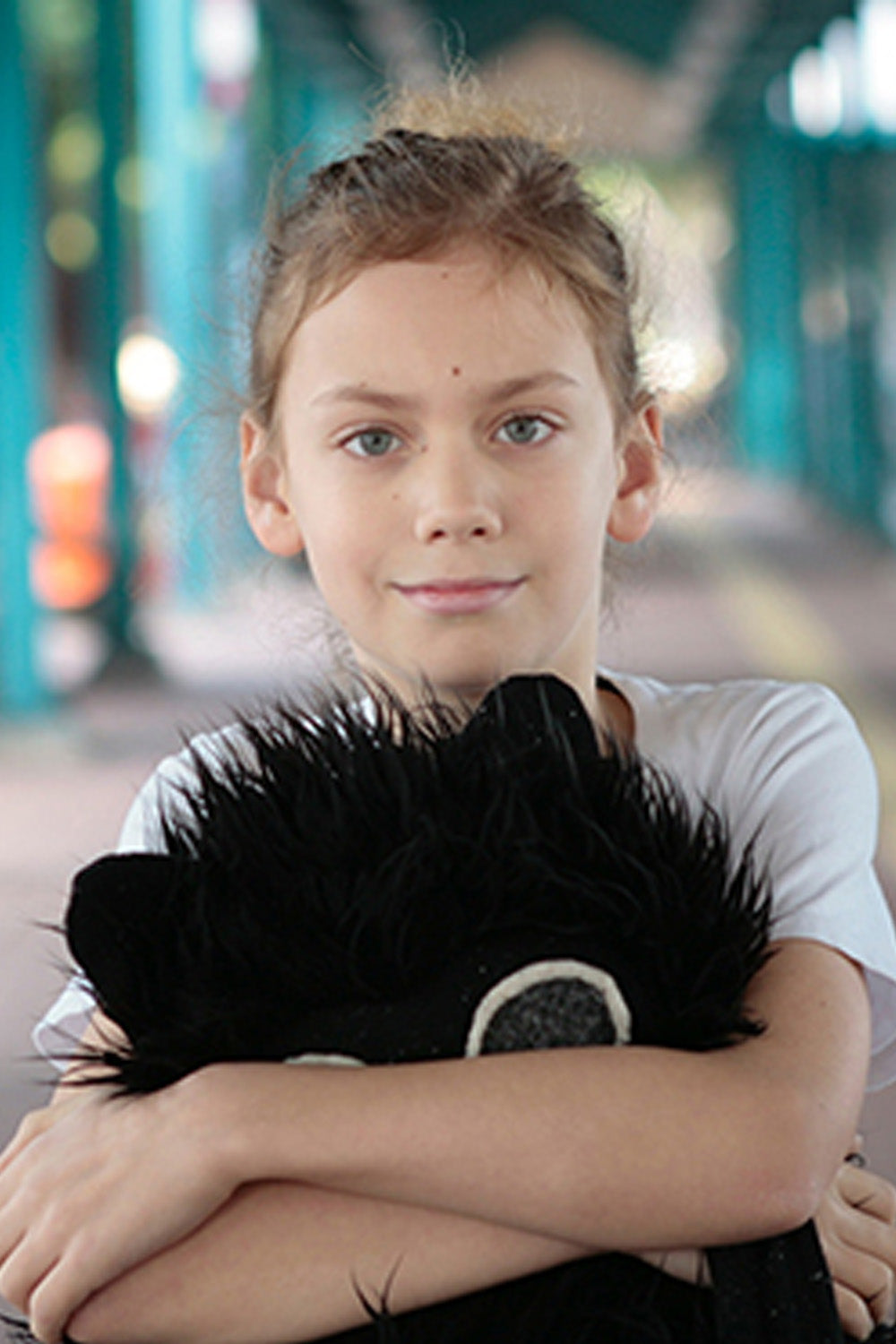Your Cart is Empty

Before my own son was diagnosed with autism and ADHD, I noticed how he enjoyed being hugged, not only by me but also by friends and sometimes even by strangers. He was only about three years old when I started noticing how he actively was seeking comfort in hugs and general sensory input. He would ask me to hold him tight when we were reading bedtime stories or using public transportation. Because of his ADHD, he was a highly active child, to put it mildly. He would rarely sit still and read a book or engage in other activities that required deep focus and attention. He was always moving around, even when he was drawing, making a puzzle, or sitting in his pushchair. Only when I would pick him up, and hold him in my arms, would he calm down and physically relax. As you can imagine, a lot of our evening times would be me hugging him. Especially at bedtime, I would need to place my hand on his back, and apply gentle pressure on his body, he would then be able to let go and finally rest and fall asleep.

In situations where we lack words, we tent to offer a hug to show support, to comfort someone or in consolation. We do it as a heartfelt gesture that demonstrates our affection, both in happy moments filled with excitement and in sorrow as support and compassion.
Automatically as parents, we want to comfort our child if they feel stressed, discomfort, or sadness. To comfort a child, our natural instinct kicks in and we hug them in our arms. An upset child will often feel comforted by your affection and reassuring arms around them, ultimately calming them down and letting them settle down.
Research shows that hugging is as important to our wellbeing as a healthy diet and exercise, and it can give you a happier, healthier, and longer life.
When you hug your child, you apply a gentle pressure on their skin, which is full of pressure receptors (nerve endings right underneath our skin), that detects pressure. When our pressure receptors are activated, they send a message to the Vagus nerve in our brain.
Which oversees crucial body functions, including our immune response, digestion, and heart rate. It even regulates our emotions, that control our moods, such as anxiety and depression.
When the Vagus nerve is activated by your hug, it releases a bunch of feel-good hormones into your child’s brain, including Oxytocin (the love hormone). That’s why when we hug, we get to feel loved, comforted and we bond, mutually the receiver and the hugger.
But research suggests more than this, and here are 3 potential benefits that current research points to, as reasons why you should hug your child.
In a recent study by Tiffany Field, it was found that people being hugged by their partner through a given stressful task, would benefit from the Oxytocin release when hugged, and they would have lower blood pressure and heart rate, a suggestion they were less stressed.
Hugging also stimulates Dopamine and Serotonin, in your body. Dopamine is a pleasure hormone that is part of the brain’s reward mechanism and makes us feel content and fulfilled. Serotonin is the hormone that helps regulate our mood, and low levels of serotonin in our body can cause depression or sadness. Hugging is known by research to boost Serotonin and they’re for preventing depression.
Research by neurobiologist Mary Carlson, who studied the long-term effects of children not hugged or touched, in the 1970s and 1980s, showed that lack of hugging and touch prevented some children’s growth and affected their behavior well into their adulthood.
Children with ADHD can especially benefit greatly from being hugged. ADHD is a condition, that makes it difficult for the child to concentrate and focus, as well as regulate their emotions and behave appropriately according to a situation. This miss regulation often leads to tantrums and meltdowns, as it can be an overwhelming feeling not being able to emotionally regulate appropriately for the child. This is where your hug can be the gesture that supports your child, and let them release some of that Oxytocin, allowing your child to calm down and be able to focus in a more appropriate way. These are the situations where I have found it useful to hug my son, to avoid tantrums and meltdowns:
If we are stressing to get out of the door, or about to be late for something. I find it less stressful being five minutes late, and spend the time hugging him, making sure he is able to focus and keep calm.
These are just a few common situations, that will definitely occur a couple of times during the week. There are many other incidents where hugging my son is the only resolution and way to calm him down. And I’m so glad that I found this out early in his life, so I have been able to support him with comfort and compassion.

But of cause, you can’t always, drop everything at hand and hug your child for several minutes at a time. That’s why I designed a hugging toy “Hairy Hugger” that can support children during the day when actively seeking sensory stimulation and a hug to feel comforted. Hairy Hugger is a soft toy, with weight (2,2 KG), to simulate some of the benefits of a hug. Hairy has two super soft but weighted arms that connect with an elastic band so that your child can place Hairy around their neck, just like you would place your arms when hugging them. With a weighted hugging toy, your child will be able to get their much needed sensory input, which helps them focus for longer and calm their sensory processing system.

The number one benefit of a sensory toy is to provide a distraction from what may be causing frustration, distress or anxiety and the best way is through touch.
The sensory toy having calmed the incident can then stimulate other moods such as happiness, playfulness or tiredness.

How to choose? Here are some suggestions and things to consider…
